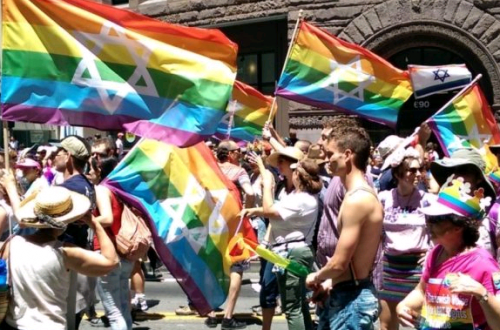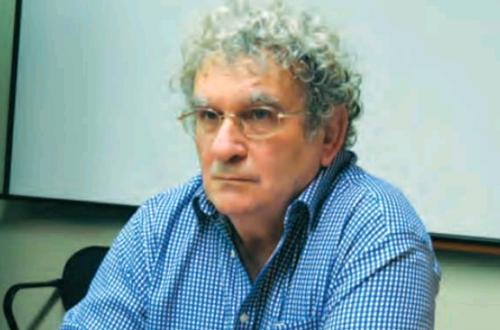I thought Myriam Francois raised some quite interesting issues in her brief Newsnight presentation on ‘neutral clothing’ and the hijab. It was useful to reflect on what is meant by ‘neutrality’, and consider whether the exclusion of all markers of religious identity really is neutral – and, if it is, is neutrality so very desirable and necessary in the workplace?
I was reminded by her reference to the specificity of western norms – ‘neutrality reflects the norms of white secular people’ – of arguments sometimes used against banning male circumcision. Societies are much readier to uphold inconsistent practices with regard to what is safe and legal, when the unsafe practice is part of its own cultural heritage.
But I didn’t like that glib implied association between being ‘white’ and ‘secular’. Also, you can be fiercely secular, while still being perfectly relaxed about religious headgear in the workplace. You might even wear it. Yet it is certainly true that in striving for a ‘neutral’ workplace you would have no impact on your atheist employees, only on some of your religious ones. Is the right not to be confronted with someone’s religious identity at work more important than the right to express that identity?
There were other moments when Francois’ points seemed strained. Her opening move was to imply some kind of parity between a tweed flat cap, a hoodie, a headscarf (hijab), a niqab and a cross. ‘What am I saying?’ she asked, concluding that all these symbols are political. I’m slightly vague about the precise semiotics of tweed, but it could be associated with the working classes, aristocrats or university lecturers. The hoodie has been aligned with delinquency but probably correlates more with youth than anything else.
The other three examples send out a fairly unambiguous message about religious identity, so really do say something reasonably specific about you (although of course women wearing hijab, say, will have a huge range of perspectives on Islam) and people will have different views about where and when each of these three symbols is appropriate. However hoodies and flat caps can only be seen as ‘political’ in the very loosest sense. In order for a political signal to approach the specificity of say a cross, you’d need to wear a T shirt or badge with a slogan. (Also, I believe you’ll find it easier to wear a headscarf at the office than a flat cap or hoodie).
But that doesn’t perhaps capture the full nuance of the situation. It is established custom in many places, and across history, to wear symbols of faith, and (often) to wear them all the time. They may therefore seem more neutral. Logically they are sending out just as strong a signal about your views as a party political rosette, but the latter would seem much more obtrusive if worn at work.
At one point she says:
Dressing in a way that’s areligious is just as political – or just as neutral – as dressing with religious markers.
That seems a very odd assertion, just as it would be odd to claim that you are sending out as strong a message by not wearing a political badge as by wearing one. What does it mean to dress in a way that’s ‘areligious’? I assume she wasn’t thinking of Jesus and Mo T shirts but simply an absence of religious symbols. Many religious people wear no markers at all, and in many cases one sex’s religious markers happen to be much more obvious than the other’s – so men and women of equal religiosity will be sending out different signals. (At this point I started to wonder exactly what political signal was being sent out by the ever decreasing dimensions of Myriam Francois’ own headscarves.)
However I agree with what I assume is her overarching point – that it’s preferable for workplaces to allow people to wear headscarves, crosses and skull caps.


